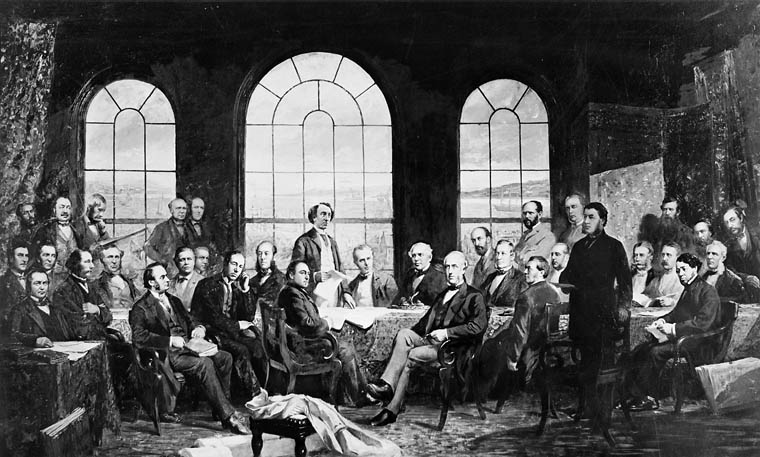Editorial
Editorial: The Canadian Constitution Comes Home
The following article is an editorial written by The Canadian Encyclopedia staff. Editorials are not usually updated. In April 1982, as an Ottawa winter turned to spring, Queen Elizabeth II made her eleventh visit to Canada. She had come to make it official. After more than a half-century of trying, Canada would have its own constitution. A Canadian-made constitution was unfinished business from the country’s colonial past. The British North America Act in 1867 set out the jurisdictions of the federal and provincial governments and created the Dominion of Canada. It was, however, a law of the British Parliament, and it could only be amended (changed) by the British.







